What is Tableaux Vivant?

CLICK HERE FOR LINK TO TATE DEFINITION
A tableau vivant (often shortened to tableau, plural: tableaux vivants), French for ‘living picture’, is a static scene containing one or more actors or models. They are stationary and silent, usually in costume, carefully posed, with props and/or scenery, and may be theatrically lit.
Tableau Ideas and Starting points
- re-create or re-enact an existing story-based photograph or painting
- You could …illustrate a poem, story, song lyrics, fable, moral, mythology, legend, dream or historical event
- You could portray…one or more of The Ten Commandments
- You could elaborate on…one or more of The Seven Deadly Sins
Tableau Photography is staged. Think of it like theatre.
Tableau Photography is dependent on a defined NARRATIVE, theme or storyline
Blog Post 1 / TASK 1 .(extend and complete for homework)
- Define and present examples of Tableau Vivants
- You must develop and PLAN a story / part of a story that involves at least 1 x character
- You must bse your idea on careful planning and RESEARCH — look at other artists for influence.
- You could / should explore gender roles, masculinity, forms of social commentary, sexism, feminism, equality, isolation, belonging, alienation, disenchantment, political agendas, hierarchies, power, status, imperialism, bullying, environmental concerns etc
- Include props, backgrounds, costumes and outfits and mise en scene that connects to your theme somehow.
- Try to introduce symbolism and metaphor in your image(s) and produce a series of images (like stills from a film)
- You may want use the lighting studio…or experiment with suitable locations (connect the location to the theme / storyline)
Final Outcomes : a choice of
- 3-5 photographs that clearly show your understanding of TABLEAU and STAGED REALITY
- Either a group approach – or individual
Blog Post 2 / TASK 2 (minimum 1 x blog post)
- Choose a Tableau photographer to research from the examples below
- Analyse, interpret and evaluate a key image by your chosen artist : A CASE STUDY
- Demonstrate creative links to your own idea
COMPLETE TABLEAU UNIT BY FRIDAY 20th DECEMBER
Example 1 :
DiCorcia’s working methodology:
- Dicorcia’s work is a mixture of documentary and staged tableaux for which he is best known
- Well known for his use of lighting in street photography
- While shooting Hustlers, he paid his subjects, causing controversy in the photographic community
- DiCorcia only plans / stages his photographs up to a point and then relies on something unexpected to happen
- He does digitally manipulate some of his images by removing or adding items
- He does not direct people
- Very often he does not know his subjects
- He usually has his camera on a tripod
- Sets his photos up so that the viewer can assert his/her own interpretation to the image – open narrative
DiCorcia has no patience for visual passivity. “I’ve been trying to create photographs in which the emotional and psychological content is time-released… From the very beginning, I was fighting against this media-created idea that imagery is so disposable that it’s exhausted within a very short amount of time.” His tendency is to slow time down, an apprehension that has nothing to do with entropy. Instead, it is a seduction into the act of looking.
Example 2 :
- He uses a large format camera and tripod
- He uses polaroids for planning out his scenes
- Draws inspiration from iconic Victorian paintings and recreates the scenes in a contemporary setting
- Infuses the mood of the Victorian paintings into his modern industrial settings
- His work is socially aware and pays tribute to art history
- He uses well known art motifs in his work, e.g. the window as in Vermeer’s paintings
- His portraiture pays tribute to the Dutch Renaissance and pre-Raphaelite master painters
- He simulates similar colours and tones as those used by Vermeer
- His portraits are of the disenfranchised people living close to the margins of society
- His work is a blend of fictional and factual
- He most often replicates Vermeer’s methods of portraiture:
… amongst the art historical references glimpsed within Hunter’s oeuvre, the voyeurism of Vermeer is most discernible. Subjects are often shown full figure, in private spheres (e.g. sites of domesticity), and set in the mid-ground in order to include something of their environment.
Example 3 :
Gregory Crewsdon talks about ‘the real and the imagined’. He works around concepts of place / setting; character; narrative. He is also very clear about the technical aspects of his work, particularly lighting and mise-en-scene, ie the arrangements of objects in his frame. He is a storyteller, using photography to catch a frozen moment in time, that both suggests the back-story (what happened before this frozen moment) and the story that may unfold. It is about ‘bringing the viewer in’. As he says, ‘there are no answers in these pictures, only questions.’
You must show that you know and understand that…
Tableau Photography makes use of symbolism and metaphor.
Allegorical paintings / photographs contain metaphor and symbolism
Pictorialist Photography was the starting point for Tableaux art
Narrative is vital to successful tableau / staged reality
Here are some examples that could inspire your own ideas…
Research some of these examples…and then re-stage, re-enact and re-photograph
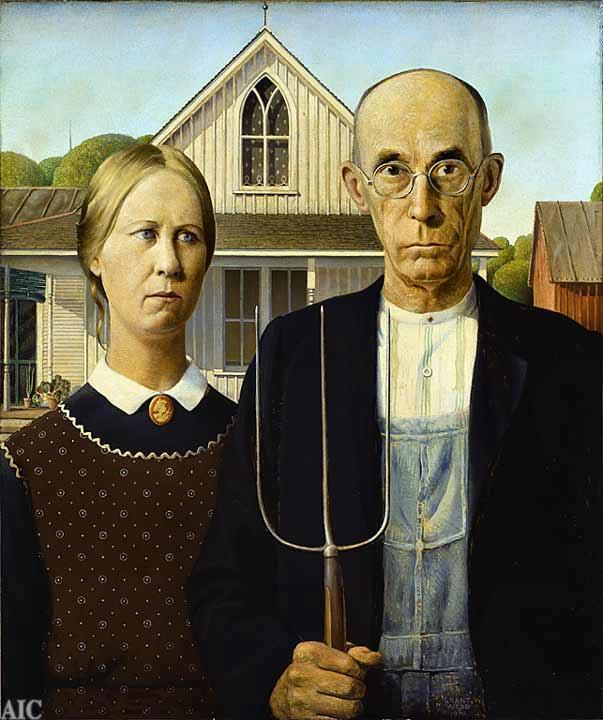
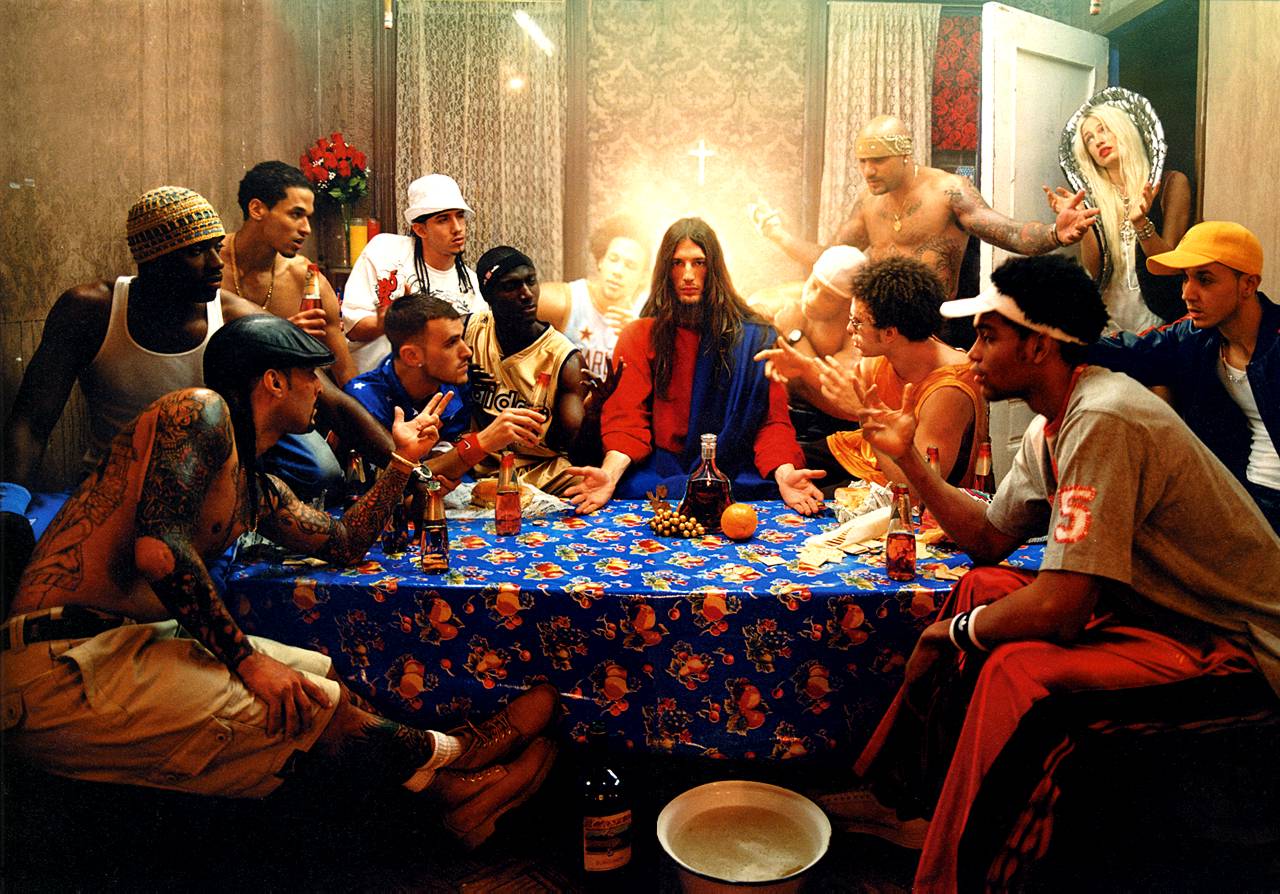
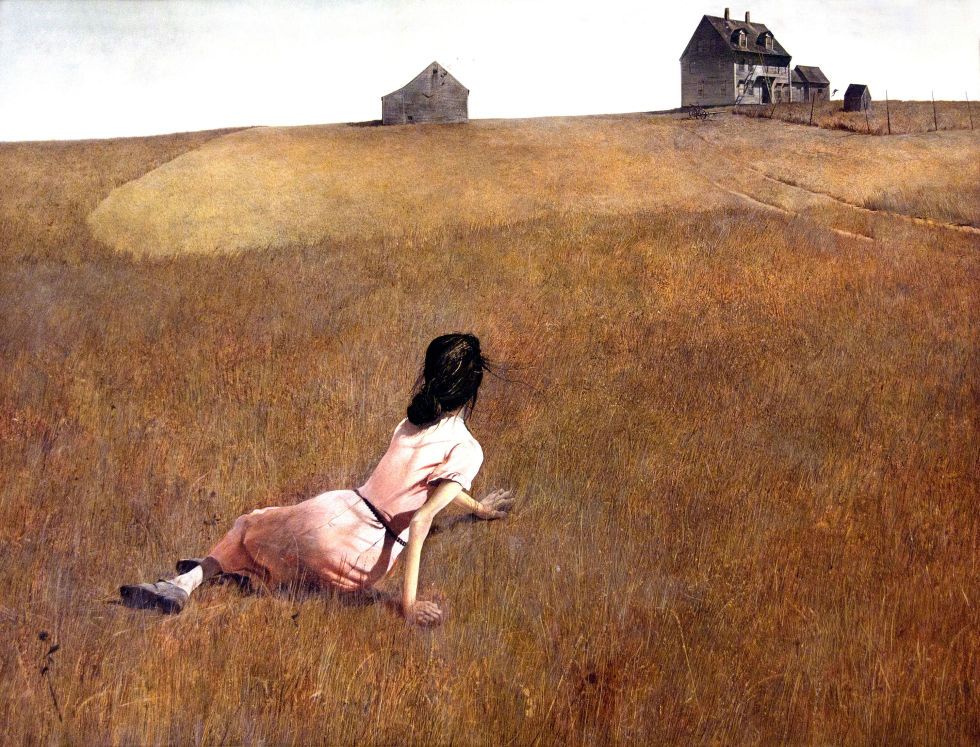

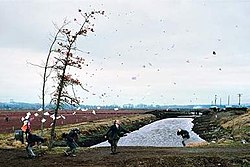
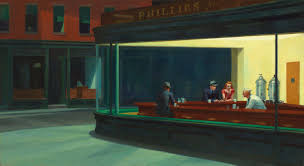




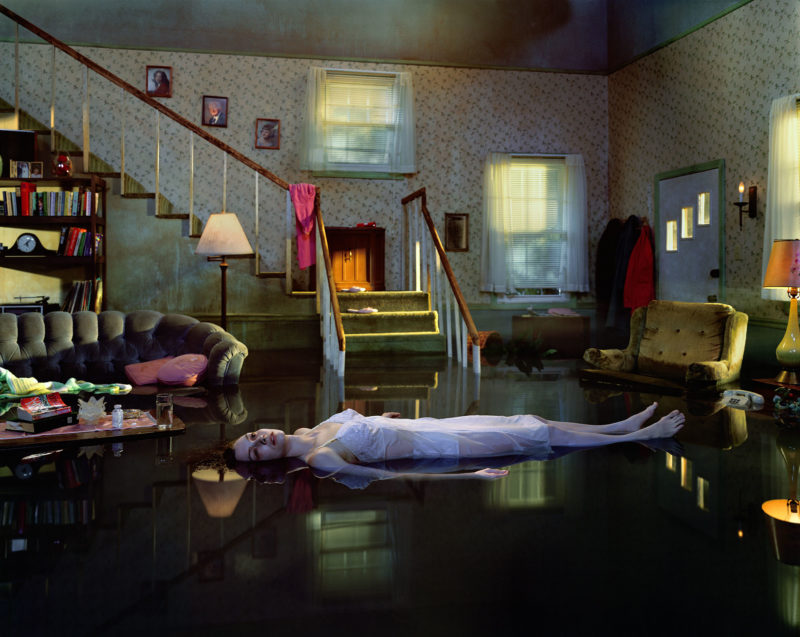
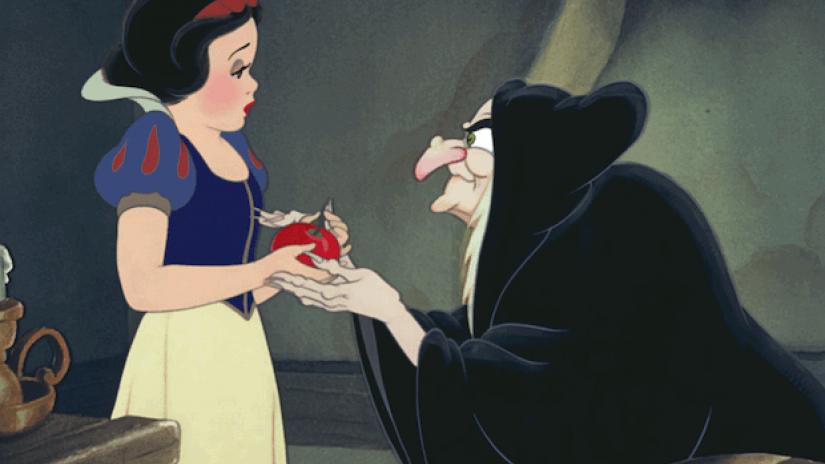

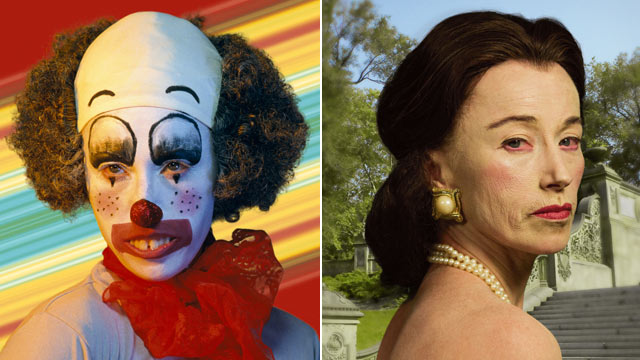


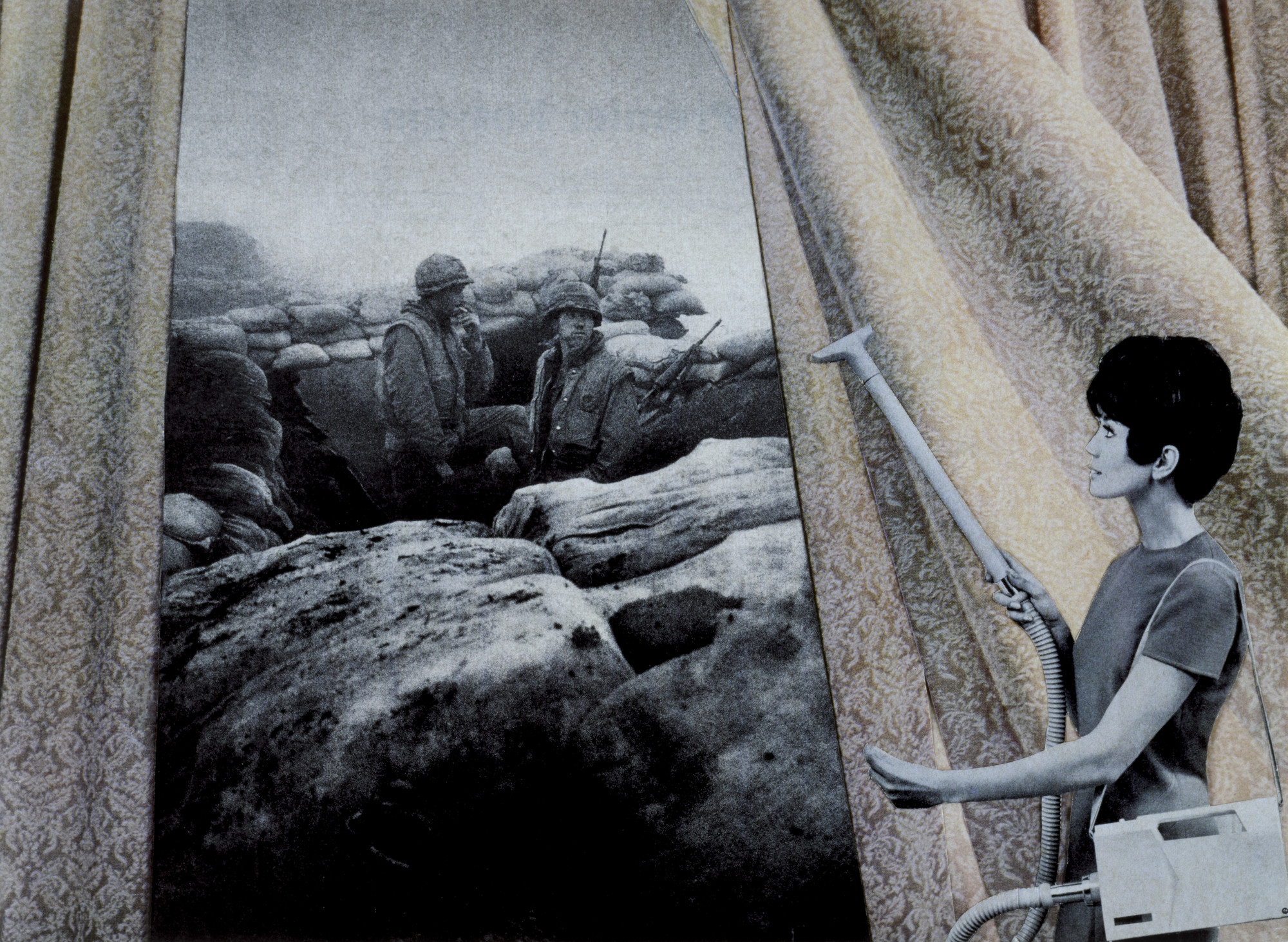

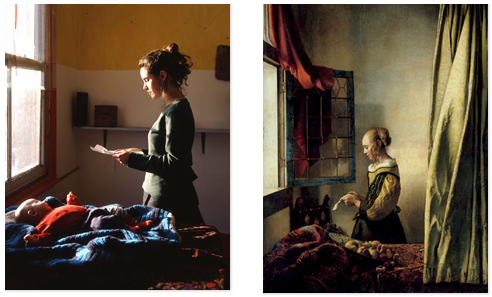


Historical / Contextual Example :
The Raft of The Medusa…Theodore Gericault
https://www.khanacademy.org/humanities/becoming-modern/romanticism/romanticism-in-france/v/g-ricault-raft-of-the-medusa-1818-19
Ensure you have enough evidence of…
- moodboards
- mindmaps
- case studies (artist references)
- action plans
- photoshoots + contact sheets (annotated)
- appropriate selection and editing techniques
- presentation of final ideas and personal responses
- analysis and evaluation of process
- compare and contrast to a key photographer
- critique / review / reflection of your work

